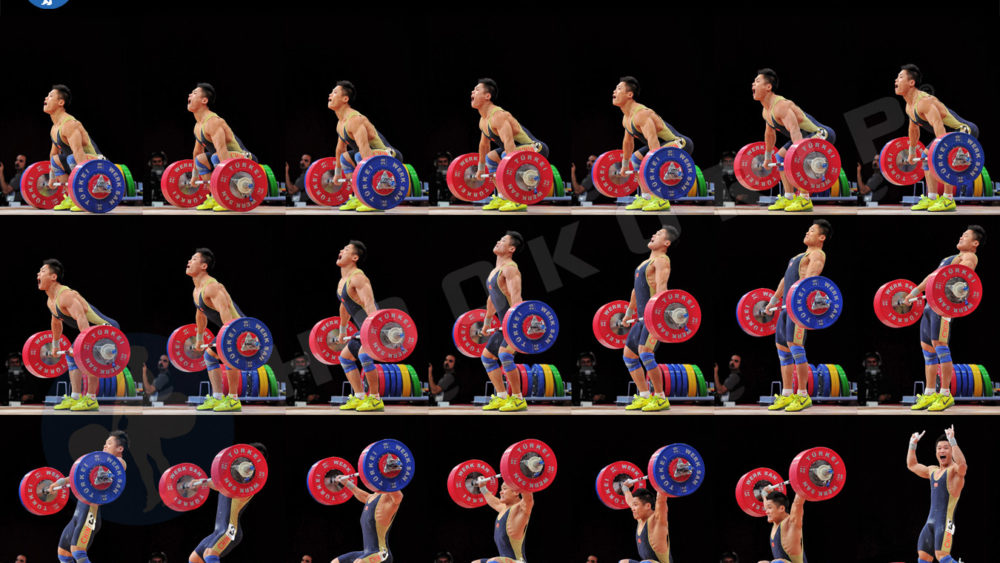
Like the word fitness, the word “functional” has long been something that could have 20 different meanings to 20 different people. Watch a few minutes of infomercials and you might see someone claiming that the bosu ball, trx bands and yoga are all functional movements. Before we get into the actual definition of functional movements, as determined by CrossFit, we can look at the word in just a basic english definition sense.
Functional – designed to be practical and useful, rather than attractive.
By this simple definition we can already gather that standing on a rubber ball and balancing while holding a weight and moving it away and towards my chest isn’t going to provide to be very useful when I have to go to work on a construction site. If I were a police officer, I very much doubt that it’s going to help me scale a wall when pursuing a criminal on foot. The same can be said about yoga. Standing on one foot with my hands held in front of me as though I’m praying is probably going to do very little for me should I ever run out of gas and have to push my car a mile down the road to the nearest gas station.
There are plenty of exercises and regimens claiming that they work regularly with “functional” movements but until we all agree on a definition that can be measured with complete objectivity we won’t know for sure. CrossFit has defined functional movements as movements that are categorically unique in their ability to express power.
Power = Force x Distance/Time
In other words, they are movements that are capable of demonstrating a large load being moved a long distance and quickly. They have a few other characteristics too. They’re core to extremity, meaning they are movements that radiate from core (hips, abdomen, spinal erectors) to the extremities ( arms, legs). They’re natural, meaning nobody invented them. The deadlift is just how a human picks something up, you would never have to teach a baby to do one. They’re safe post 1 rep max. If I load a barbell with 5 more pounds than I’ve ever snatched before the only thing that’s going to happen is the bar is going to get to my hip and not any higher. If I were to lay on a bench and do dumbbell flys with 20 more pounds than I’m capable of I might not know it until I dislocate my shoulder. They also display universal motor recruitment patterns. This means that you can find these movements anywhere. Watch your dog next time they hop up on the couch, it’s going to look an awful lot like the muscle up. Functional movements are also very effective. The person doing bicep curls isn’t going to get quite as sore as the person doing kipping pull-ups. The last characteristic of functional movements is that they are compound yet irreducible. They’re multi-joint movements.
Make no mistake though, the most important factor of a functional movement is it’s ability to express power. Taking your entire body weight from below a bar and hanging to above it in support, i.e the muscle up or bar muscle up is a lot of weight moving a long way and really fast. You just won’t get the same kind of effect from a bicep curl or lat pull down. Pulling 300+ pounds off the ground to your hip is a lot of weight moving a good couple of feet in a pretty short amount of time. Laying on a bench and pulling 100 pounds to your butt in a leg curl is nowhere near as difficult.
